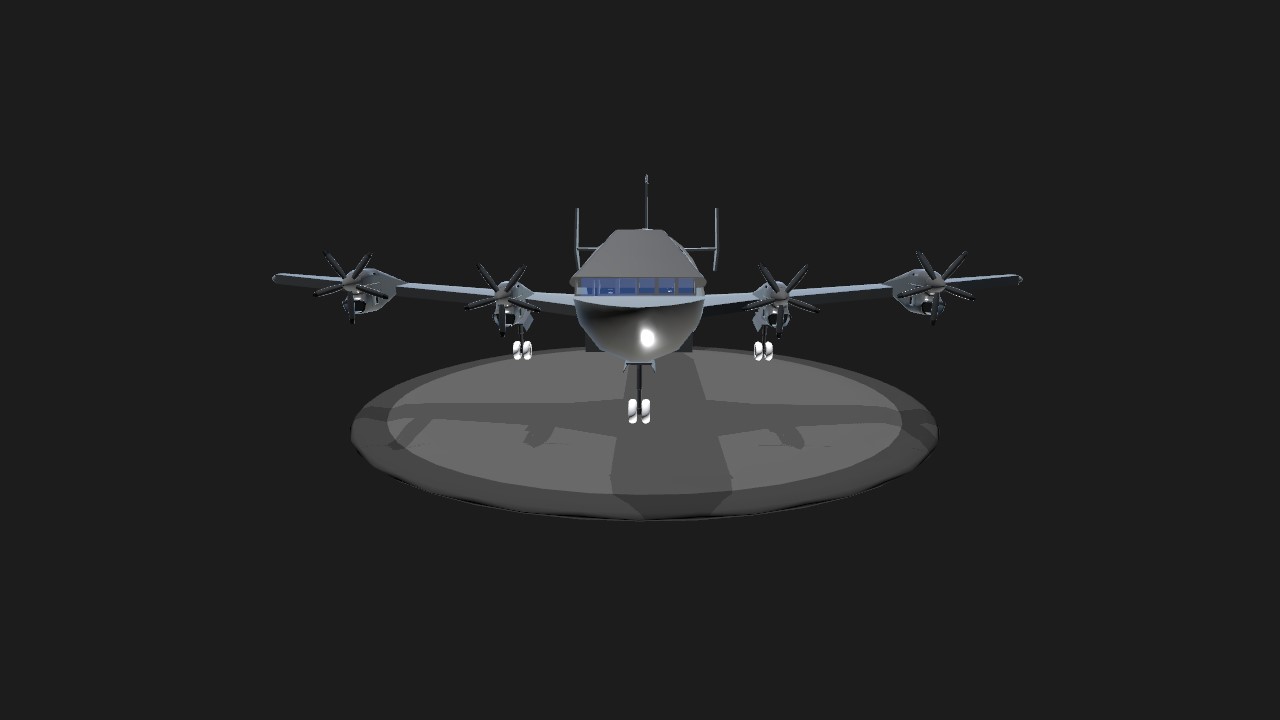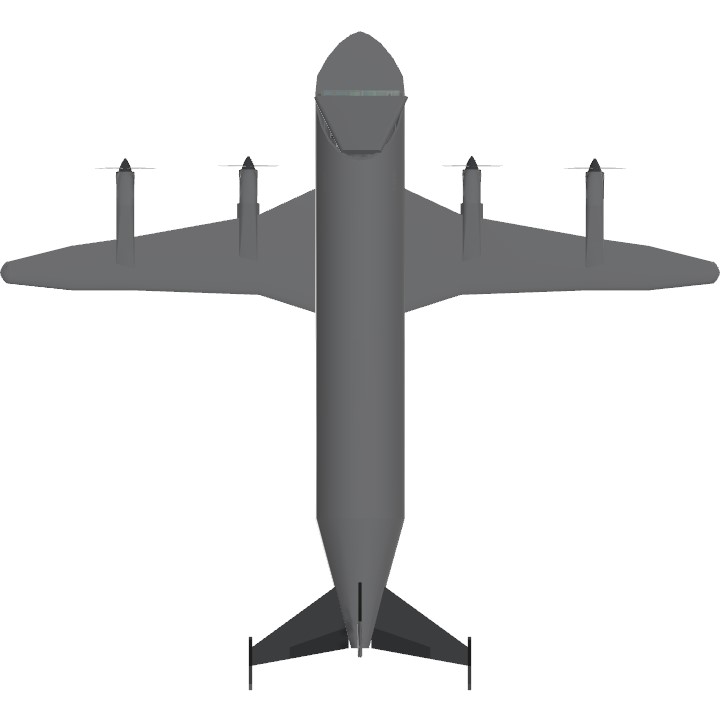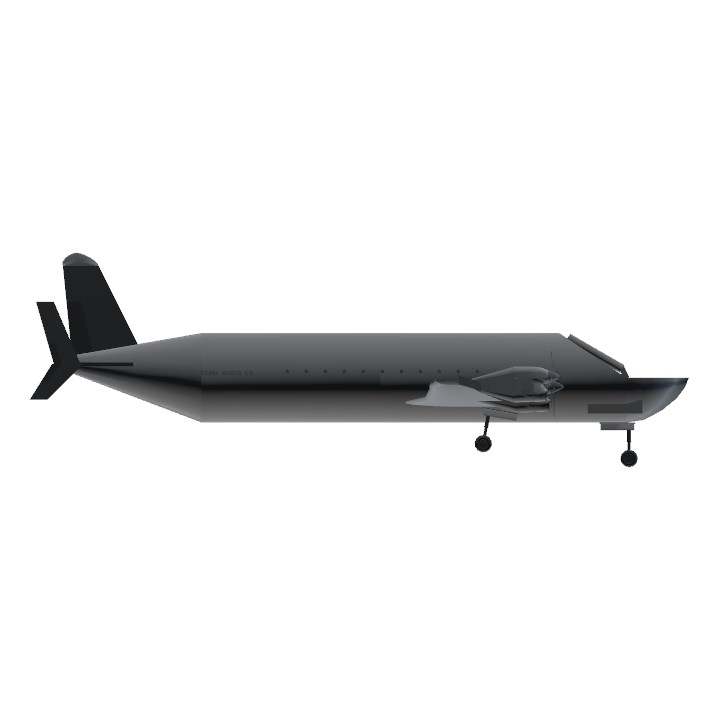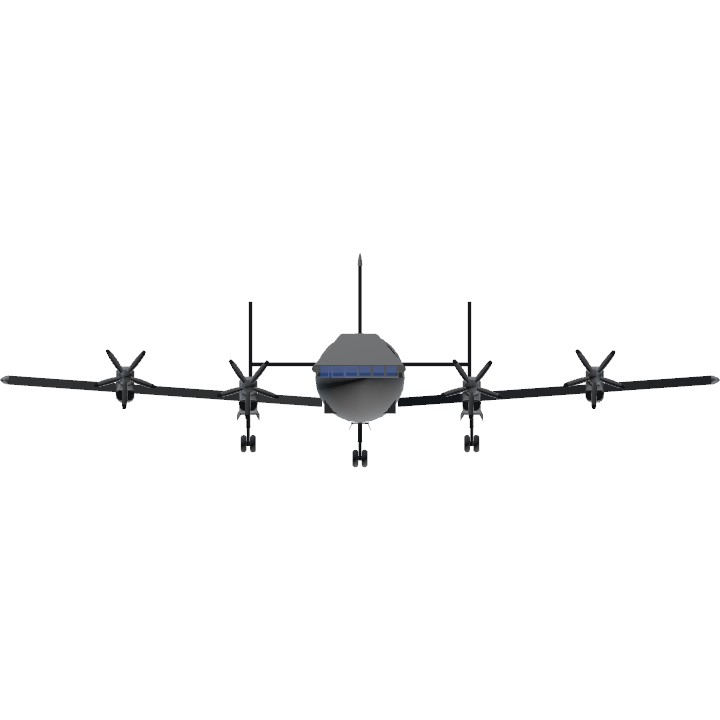The first production L-1049 flew on July 14, 1951 and received certification in November 1951. The Turbo-compound versions of the R-3350 engine were not yet available for civil use, so the engines were 2,700–2,800 hp (2,000–2,100 kW) instead of the Turbo-compound's 3,250–3,400 hp (2,420–2,540 kW). The aircraft entered service with Eastern Air Lines in December 1951 flying Miami to New York. Eastern would later operate the L-1049C and L-1049G. TWA 1049s began flying in 1952; TWA L-1049Gs flew transatlantic starting in 1955. In 1956 a TWA L-1049 collided with a United Airlines DC-7 over the Grand Canyon, leading to the deaths of all on both aircraft.[2] KLM introduced the L-1049C on the Amsterdam to New York run in 1953; it also used L-1049Gs to Tokyo and Sydney. Air France used its L-1049Cs across the Atlantic. Seaboard & Western Airlines used L-1049Ds on transatlantic cargo flights to Germany and Switzerland. From the summer of 1955 to the spring of 1956 the British Overseas Airways Corporation (BOAC) leased three Seaboard L-1049Ds for passenger flights. Northwest Orient Airlines L-1049Gs flew Seattle, Washington to Tokyo, Okinawa and Manila in 1955-57. The scheduled freight airline, Flying Tiger Line, used the L-1049H on North American routes and service for the Military Air Transport Service. A Flying Tigers L-1049H was the last Constellation built, in 1959. The first airline in Latin America with Super Constellations (L-1049E and L-1049G) was Cubana de Aviación, flying them from Havana to Madrid, New York City and Mexico City. Other Latin American Super Constellations were on Línea Aeropostal Venezolana, Avianca, Real Transportes Aéreos, and Varig. Iberia 1049Gs continued to fly Madrid-Santa Maria-Havana weekly until 1966. Most Super Constellations were retired by their original operators after the advent of the Boeing 707 and Douglas DC-8; the last passenger L1049 flight in the US was an Eastern shuttle EWR-DCA in February 1968. The last commercial flight of
Specifications
General Characteristics
- Created On Windows
- Wingspan 66.0ft (20.1m)
- Length 60.3ft (18.4m)
- Height 19.7ft (6.0m)
- Empty Weight 17,520lbs (7,947kg)
- Loaded Weight 19,647lbs (8,911kg)
Performance
- Horse Power/Weight Ratio 0.61
- Wing Loading 51.5lbs/ft2 (251.5kg/m2)
- Wing Area 381.4ft2 (35.4m2)
- Drag Points 13708
Parts
- Number of Parts 83
- Control Surfaces 9
- Performance Cost 541




